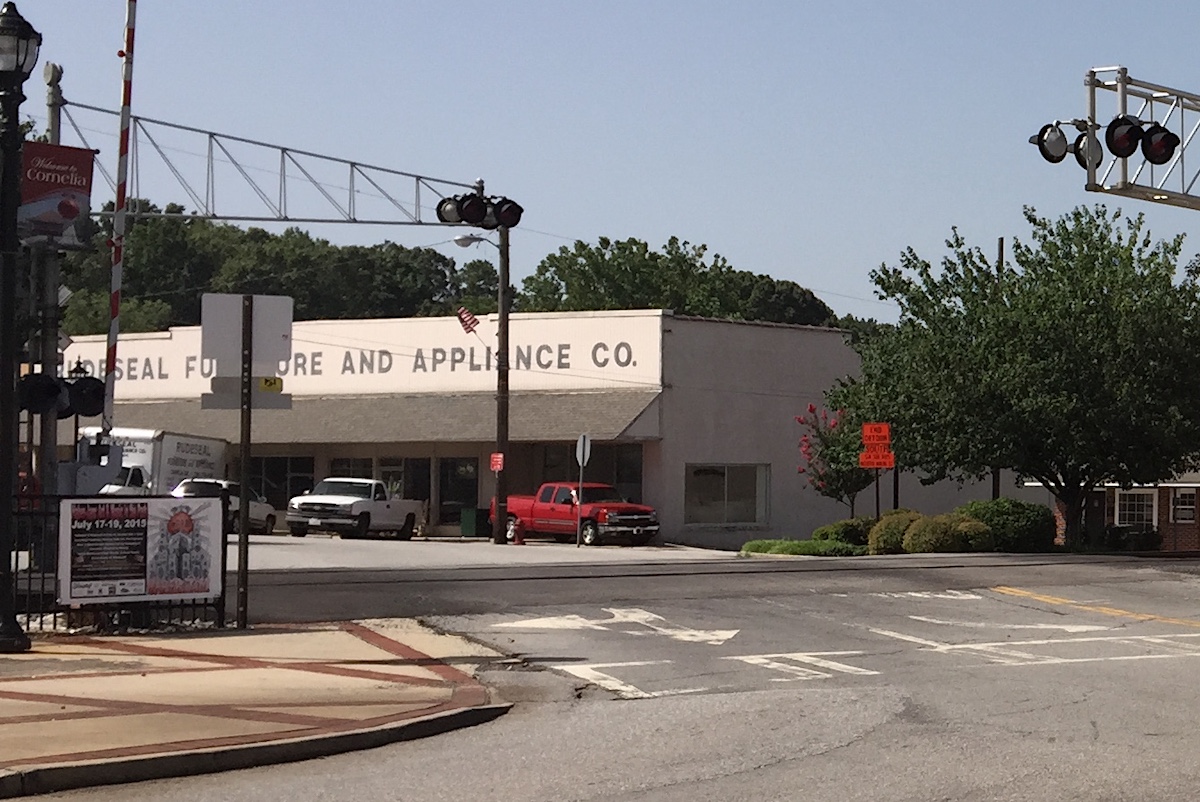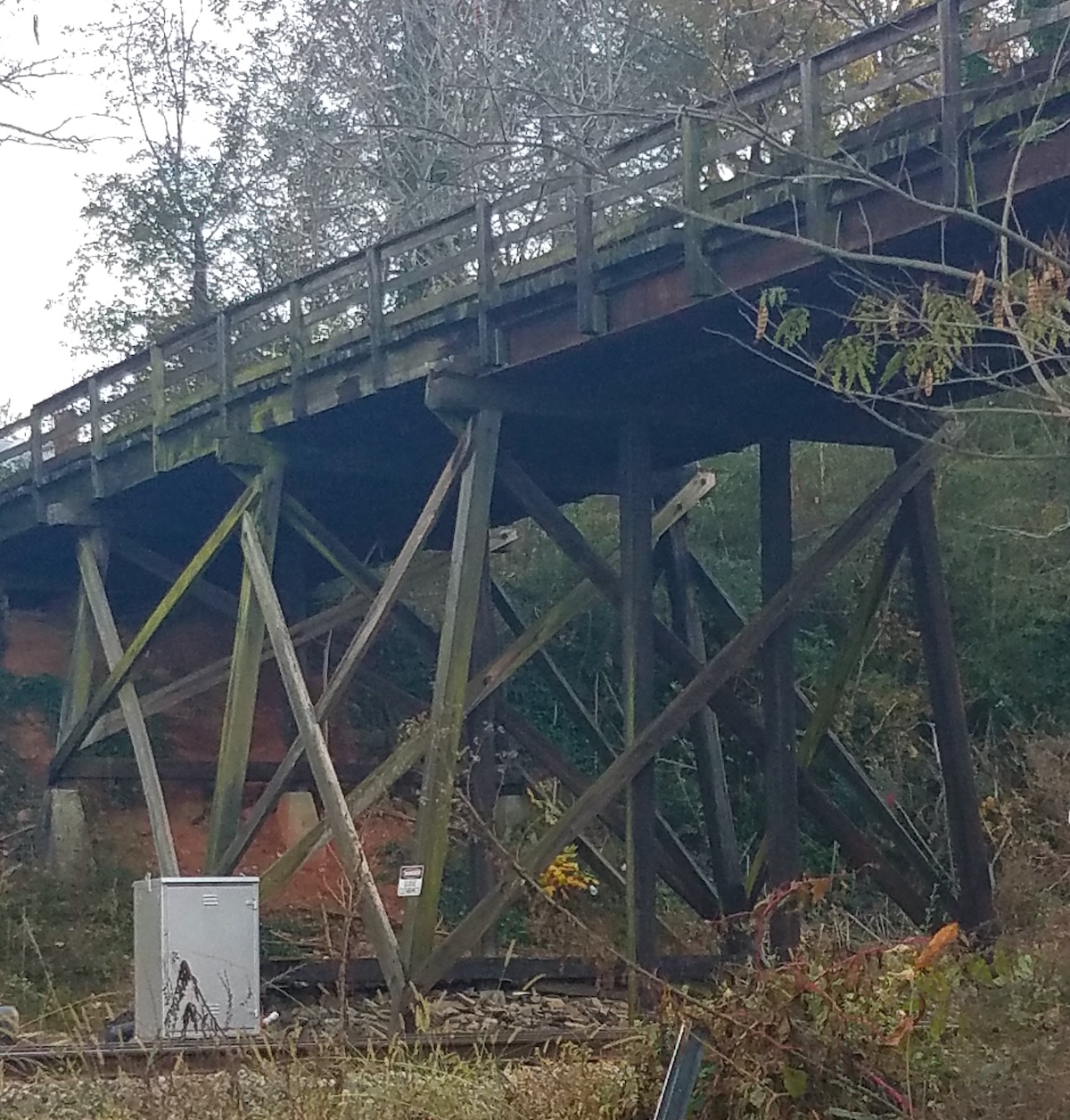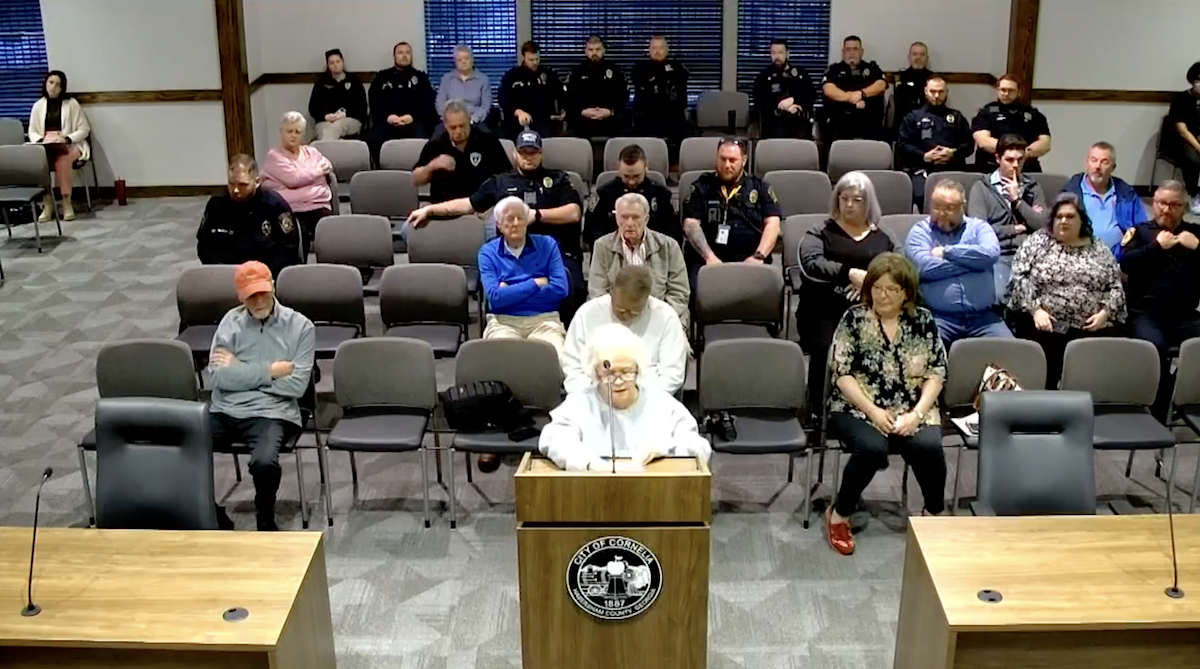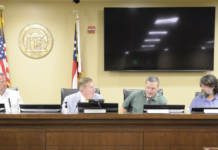
Norfolk Southern Railroad has backed out of an agreement with the city of Cornelia for a major upgrade to one of its most heavily trafficked railroad crossings.
In December, the Cornelia City Commission approved an agreement with Norfolk-Southern to improve the railroad crossing on South Main Street at the Big Red Apple. The project would have removed the rough asphalt crossing and replaced it with a full depth rubber panel grade crossing surface, which would have made the crossing smoother.
State Senator Bo Hatchett secured funding assistance from the Georgia Department of Transportation for the project, which was projected to cost $224,500. GDOT agreed to cover costs over $100,000. The Cornelia commission approved the project up to $100,000 to be covered with American Rescue Plan (ARP) funds.
During the Cornelia City Commission’s February 7 meeting, it was announced that Norfolk-Southern has decided not to install the smoother rubber railroad crossing. Even though Cornelia agreed to pay for it, Norfolk-Southern engineers have to approve the project and have refused to do so.
Norfolk-Southern will now replace the existing crossing with asphalt. There is no expected timeline for when that project will be completed.
Hoyt Street Bridge

Norfolk-Southern’s reversal comes at a time when the railroad company and city remain at odds over another railroad-related matter – the future of the Hoyt Street Bridge.
Norfolk Southern has sought for years to close the bridge, saying it hinders their efforts to maintain the tracks beneath it. In 2014, railroad officials asked Cornelia for permission to remove the bridge. After public backlash over the proposal, the then-city commission denied the request.
The current commission has yet to act on the railroad’s latest request.
Cornelia City Manager Dee Anderson entered into renewed negotiations with Norfolk Southern about the bridge last June. Norfolk Southern offered to remove the bridge, clean up the site at their cost and pay the city $100,000. (Although Norfolk Southern owns Hoyt Street Bridge, the law prohibits the company from demolishing it without the city’s permission.)
At the February 7 Cornelia City Commission meeting, local resident Carol Shedd pressed commissioners for an answer on the bridge’s fate. It was closed for several months while the city upgraded infrastructure in the area. Shedd explained there have been two accidents on Hoyt Street since the bridge reopened.
“The last we heard, you all were waiting to hear from people opposed to the closing. Have you?” she asked the commission.
Cornelia Mayor John Borrow replied, “We’ve heard both sides. We’ve heard several people who want the bridge closed to road traffic but to keep the bridge there for foot traffic.”
Shedd explained that from where she lives on Hoyt Street, she would see foot traffic and bicycle traffic. She stated, “that’s not going on.”

Due to the lowered weight limit on the aging bridge, Shedd said fire engines and ambulances can’t cross over it.
“Do people really know that?” she asked, as she pressed further for an answer on the bridge’s fate.
“Now, why a walking bridge? Is this for the people of Hoyt Street, or is it for the people walking down Hoyt Street going to Fieldale? I can’t understand your reluctance to close it. When can a decision be expected?”
Mayor Borrow explained that the commission discussed the matter during the work session prior to the commission meeting, and they had received a fair amount of feedback from citizens to keep the bridge open. According to Borrow, they discuss this matter often since the issue was first re-addressed last year.
According to Shedd, many of the people who want the bridge to stay open don’t live on Hoyt Street. She said the opinion of those who live on Hoyt Street should matter more than those that use the street as a cut-through.
The commission has not given a timeline for when a final decision on whether to keep the bridge might be made.







